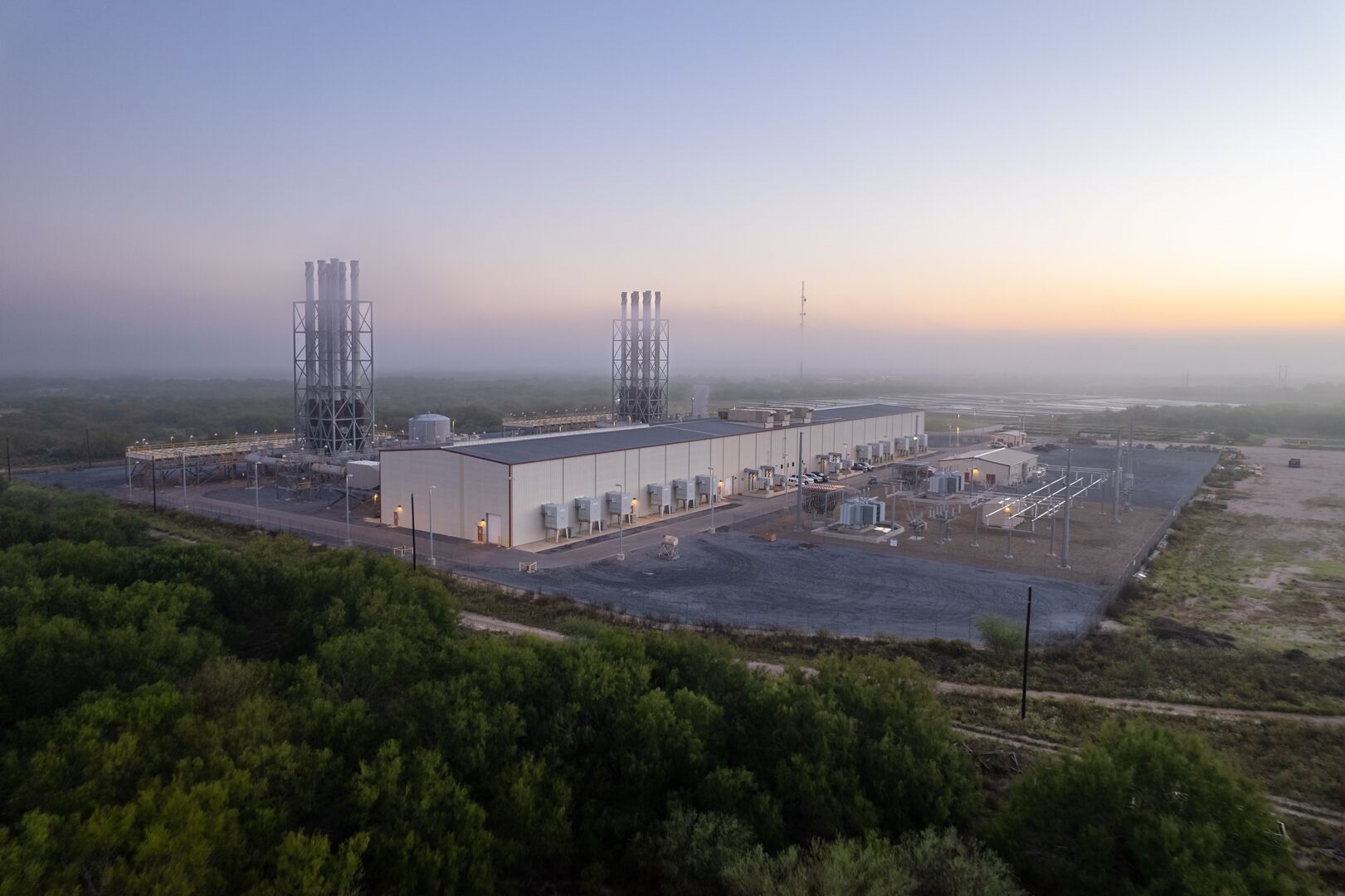

As Indonesia embarks on its ambitious journey toward net zero emissions by 2060, the energy landscape is evolving at an unprecedented pace. A flexible, responsive system is essential to manage the variability and uncertainty of renewable energy sources. Wärtsilä is proud to support Indonesia in this energy transition by offering sustainable solutions designed to balance renewables and future-proof energy systems.
The Indonesian government has set an ambitious plan to reach net zero emissions by 2060, while also aiming to provide universal electricity access by 2024. This is no easy feat, but it can be done.
Actions taken now will determine the long-term path to net zero, and the key question for leaders is whether they will take the opportunity to proactively shape the new market dynamics of the energy transition or be shaped by it.
Our report outlines the steps Indonesia needs to take to match its vision with execution, enabling the country to leapfrog to a future-proof power system.
For more regional insights, visit Rethinking Energy in Southeast Asia.
In our video series "Rethinking Energy in Southeast Asia," we delve into pivotal topics shaping the region's energy landscape. In this segment, we explore Indonesia's ambitions and strategies for executing its energy transition, with insights from Febron Siregar, Sales Director at Wärtsilä, and Fabby Tumiwa, Executive Director from Institute for Essential Services Reform (IESR).
Matching Indonesia’s net zero vision with clear steps to execution
With the cost of energy production optimised, share of power generation from renewables can be 3-4 times greater than current goals.
Indonesia's net zero target by 2060 can be achieved with already existing technology by adding renewables and balancing solutions, while phasing out inflexible power plants.
In the net zero scenario, Indonesia can achieve up to a 23% reduction in the LCOE and save $1.3 billion USD annually.
“By pivoting to a flexible renewable system by 2060, Indonesia can do more than cut emissions. It can transform the energy sector, creating a deregulated, competitive market which is better able to serve thousands of islands, ensuring that everyone has access to clean, reliable electricity.

Wärtsilä’s flexible gas plants are critical in helping Indonesia maintain grid stability while integrating more renewable energy. Our gas engines provide the essential balancing power needed to accommodate the variable nature of solar and wind energy. Flexible gas solutions will play a key role as Indonesia phases out its reliance on coal and moves toward cleaner energy sources.
Discover what optimised, flexible systems look like
Every second that ticks by presents an opportunity for us to make the right decisions for a sustainable future. As we integrate more renewables into traditional baseload power systems, flexibility becomes essential. To ensure a continuous supply of electricity becomes a constant balancing act, where every second, minute, and hour counts.
What does flexible power generation look like in real life?
This visual case study, based on real-world data from South Australia's national electricity market, showcases the engine power plant's unmatched flexibility when comparing to an aeroderivative gas turbine power plant in full operation.
Articles that might interest you

The urgent need to take action to decarbonise and reduce the global carbon footprint is seen globally. Countries, regions, significant industrial players and companies are setting renewable energy or decarbonisation targets.
To fully overcome renewable intermittency, energy systems must employ all available flexibility solutions, from energy storage which discharges over a period of hours – to thermal balancing using sustainable fuels, which can be transported and stored over many months.
The influx of renewables entering power systems is creating the right conditions for excess clean electricity to be used as a raw material for new types of hydrogen-based, carbon neutral sustainable fuels.
Learn more about sustainable fuels
Deploying sustainable fuels to power our energy systems is the final milestone on the journey towards decarbonisation. The launch of Wärtsilä’s hydrogen engine power plant represents a key step towards net zero and a 100% renewable energy future.
Wärtsilä's continuous research on future fuels and engine technology will ensure reliable power generation with a wide range of sustainable fuels. To meet decarbonisation goals and limit the impacts of climate change, explore the various options to reach 100% renewable power generation.

Wärtsilä’s 135 MW flexible engine power plant in Lombok is an example of how hybrid power plants, which is a combination of renewable energy with flexible gas engines, can meet the demand and provide reliable and dispatchable power. The Lombok plant supports both baseload and peaking functions while balancing solar power’s intermittency. This future-proof solution enables even greater solar capacity on the island.
Key features:
- Providing baseload and peaking
- Supporting frequency control
- Balancing solar power’s intermittency
- Enabling even more solar PV capacity in the future
- Future-proof solution for modern power system
Other success stories of Wärtsilä’s technology in Indonesia
Subscribe for updates
Want to stay updated on the latest developments in Indonesia’s energy transition? Sign up to receive exclusive content, insights, and updates on Wärtsilä’s innovations and projects in Indonesia.









